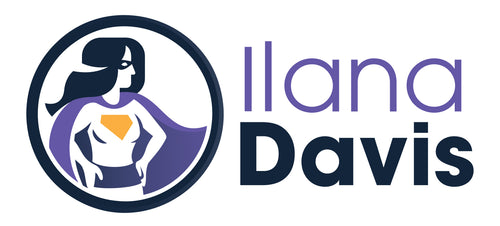Enhancing product descriptions
Published: September 15, 2025
Meghan asked:
Are you able to provide some insight into how to best enhance each of my product SEO descriptions?
I have been leaving them just as my existing product descriptions...but would it be wise of me to spend some time adding maybe some keywords at the end of the description paragraph or something?
There are two types descriptions on every product page.
-
The product description itself, which is the main content on the page that customers will see.
-
The meta description which describes the page to search engines and AI LLMs. This is invisible to customers.
In both cases just adding keywords, phrases, or content willy-nilly to help rankings will end up hurting you. This practice is called "keyword stuffing" and has been prohibited for decades.
(Don't let the "keyword" phrase make you think it only applies to words. Search engines will look for any content that is irrelevant on the page and that appear to be trying to cheat the results).
Way back in the beginning of the Internet, sites would add 100s of links in their footer to get search engines to rank those pages. That technique was quickly shutdown by search engines.
The practice has since evolved through many different variations to try to cram in extra content. Stuffing irrelevant content into the main content, meta description, and even structured data is just the evolution of that abuse.
(One might call it Keyword Stuffing 3.0 or 4.0, I forget which iteration we're at now)
Whatever the case, it's still a bad practice and can harm your site.
When creating content, whether visible or invisible, it's best to think about your customer.
Ask yourself, if you had a highly-motivated customer sitting in your office right now would you read this content out loud to them?
If it would confuse them or annoy them, then that content is probably irrelevant and shouldn't be included anywhere on the page.
Instead of using your time and attention to manipulate search engines for a short-term gain, use that time to create something better.
Creating high-quality content is hard. It always will be. You're creating words, images, videos, etc that reaches and communicates to other humans (buyers).
Shortcuts are common such as outsourced writers and the modern LLM AIs ripping off another's content. But they will always be subpar if someone doesn't put in the work to edit and tailor the content for your customers. It often takes longer to clean-up poor content than to create something better in the first place.
Regarding the meta descriptions, many Shopify themes will take the first few words of the product description, often leaving out your best parts. It's fine to use the existing product descriptions but they won't work well.
Meta descriptions are limited in size to 160 characters in Shopify which is much shorter than your product descriptions.
A better strategy is to hand-write the meta descriptions.
I hear you, that's a lot of time when we're talking about thousands of products. Start with your top products and slowly work your way through them over time.
Summarize the product page in one or two short sentences, making sure to keep under the character limit. If you have extra space, add some adjectives or buying intent words (e.g. "Buy this stunning dress..."). A good hand-written meta description should take only a few minutes to write.
Some people have used tools like AI to summarize the page for them. That's hit or miss, as the AI can easily miss the main benefits or hallucinate and make wild claims. If you go this route, make sure you review every single word the AI writes.
These meta descriptions can be used by search engines directly in the results. They won't help you rank for terms but they will let you get your content right in front of searchers.
But not always.
Even the best meta description can be ignored by search engines. After all, they are just suggestions or hints about the page to the search engines.
Google doesn't guarantee they'll use the content you provide. More often than not, Google will only use the meta description if they feel it meets the query. Google might change meta description based on the customer's actual search and use words found elsewhere on the page.
(Side tip: since well-written meta descriptions are summarizes, they can work well as social media posts. Tweak a few words, expand, add an image, etc to customize it for your platforms and fire it away. You might even find it easier to write the content for social sharing first and then copy that into your meta description).
Annoying as it can be to hear over and over again, creating high-quality content is really what you have to do to win at SEO. Some techniques can work without much content but even those benefit from having lots of content.
Prioritize and use your time to create customer-facing content for the product descriptions. Then summarize it for the meta descriptions.
JSON-LD for SEO
Get more organic search traffic from Google without having to fight for better rankings by utilizing search enhancements called Rich Results.




